CSEC ® MATHEMATICS
Raphael Johnson
Reviewers: Melissa Andrade, Joanne Baker, Marcus Caine, Lenore Dunnah

Raphael Johnson
Reviewers: Melissa Andrade, Joanne Baker, Marcus Caine, Lenore Dunnah

By the end of this chapter, you should be able to:
• calculate discount, sales tax, profit and loss
• calculate percentage profit and percentage loss

• express profit, loss, discount, mark up and purchase tax as a percentage of a basic value
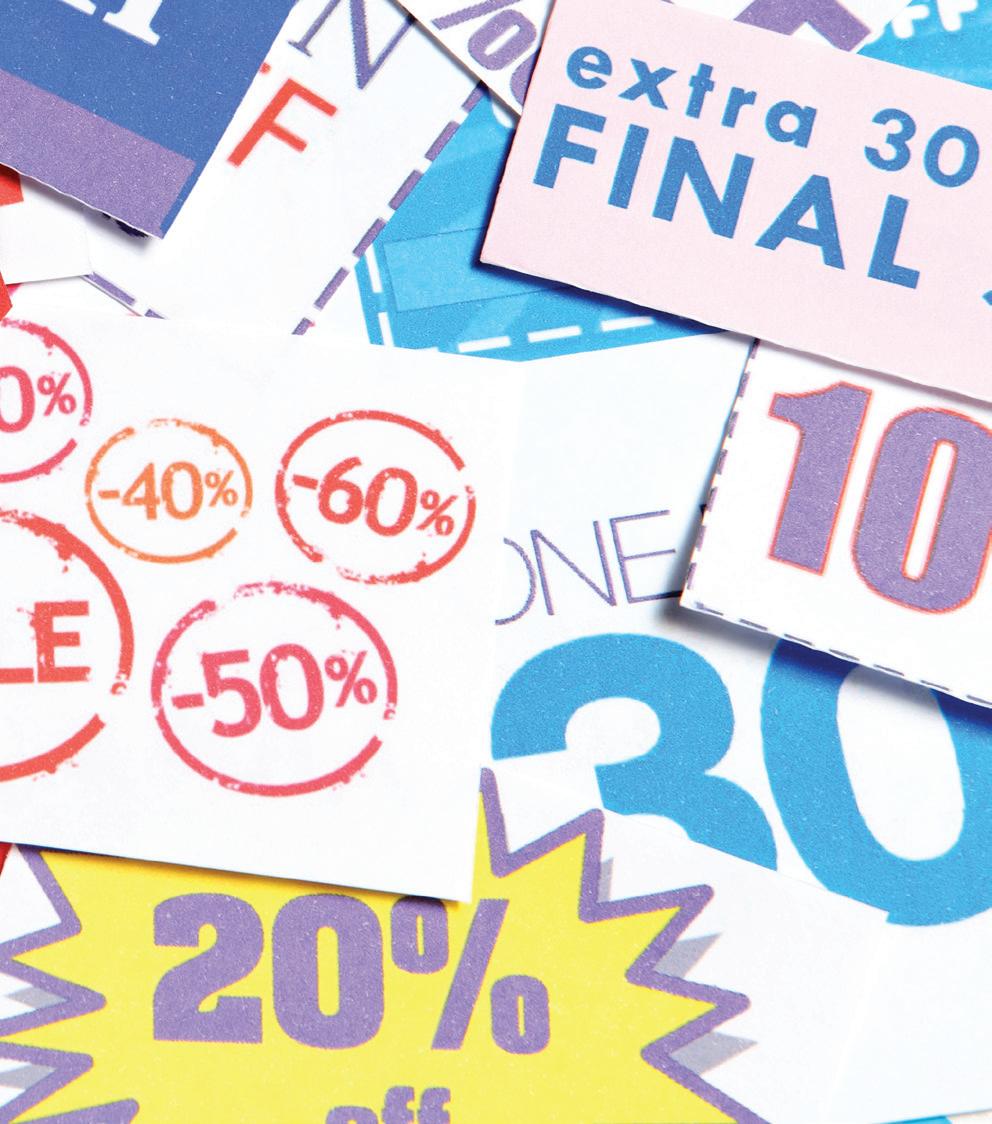
• solve problems involving marked price, selling price, cost price, profit, loss or discount
• solve problems involving payments by instalments, such as hire purchase and mortgages

• solve problems involving simple interest, compound interest (use of formulae), appreciation and depreciation, measures and money (currency conversion), rates and taxes, utility bills, invoices and shopping bills, salaries and wages, insurance and investments.
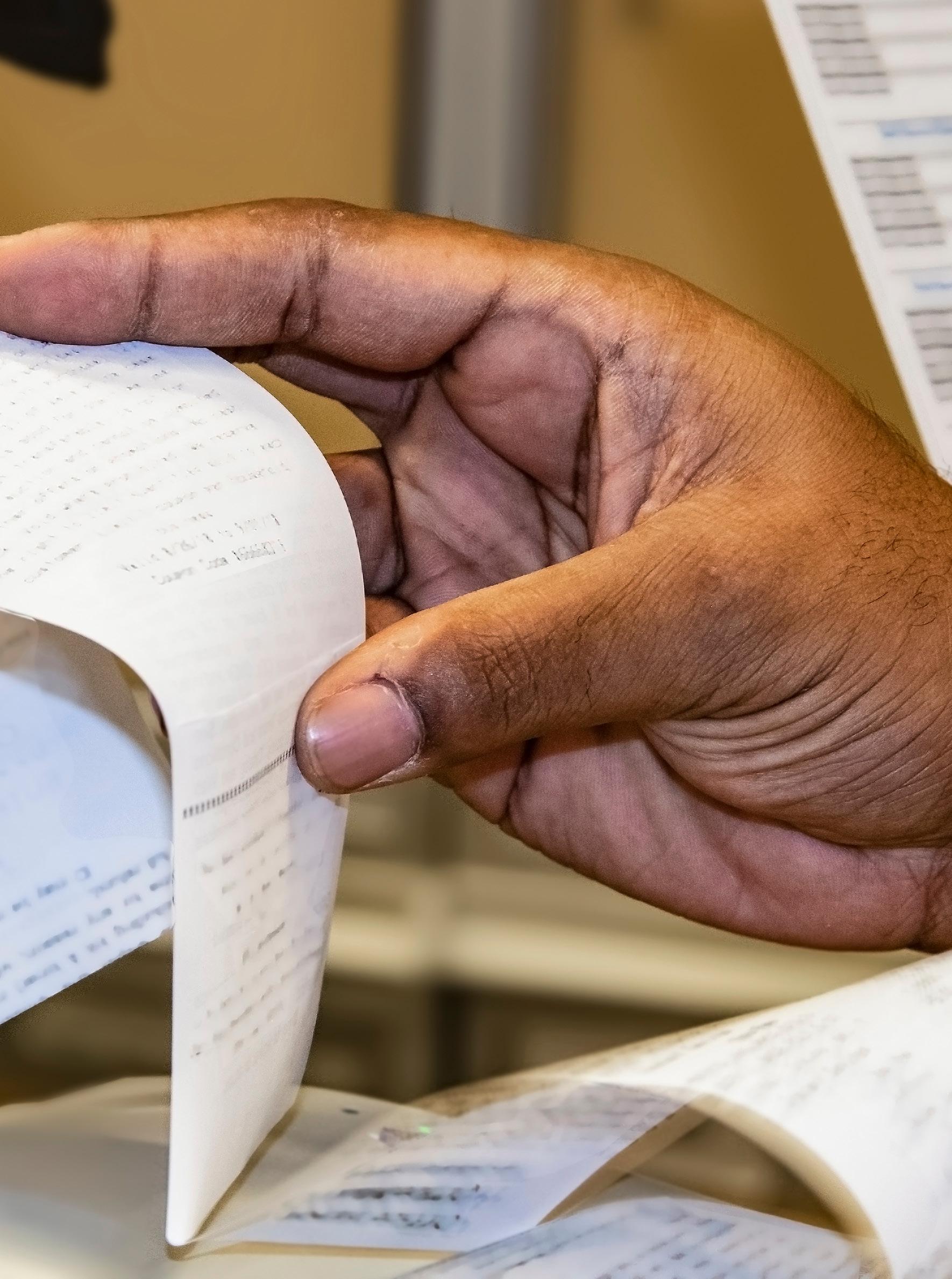
You should already know:
• the basics of number theory and computation.
Introduction
In this chapter you will learn how to perform calculations relating to normal, everyday business transactions, including calculations associated with personal budgets, personal shopping, payment of bills and salaries. The chapter will also help you to develop an appreciation for speed and accuracy in everyday financial transactions; it addresses some advantages and disadvantages of particular investments and models and solutions to real-world problems. Additionally, the chapter clarifies a number of financial calculations that many people find challenging, such as simple and compound interest, taxes, hire purchase, mortgages and utilities payments.

Black Friday deals offer massive discounts on various items.






























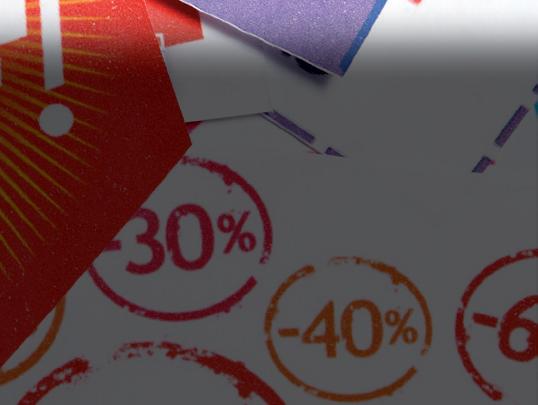
Some shops offer discount cards to regular customers.

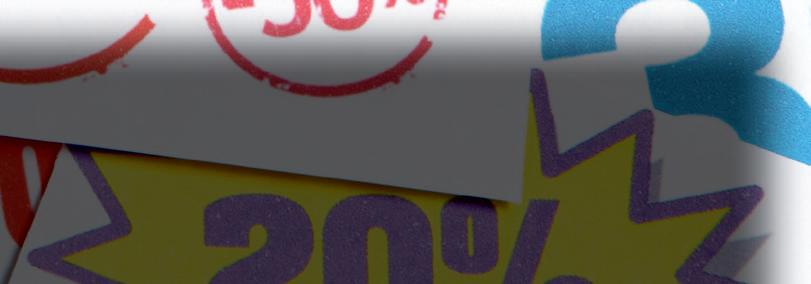
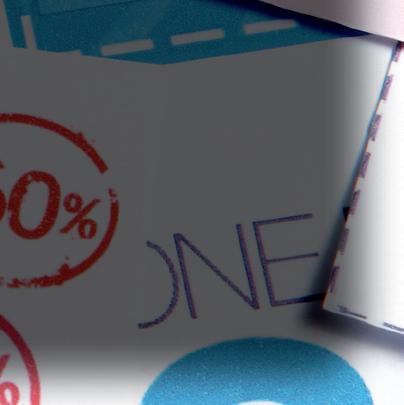


Prices of groceries may be displayed electronically.
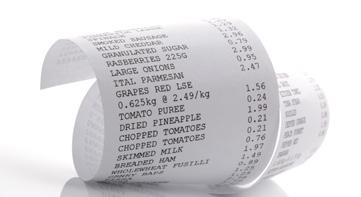
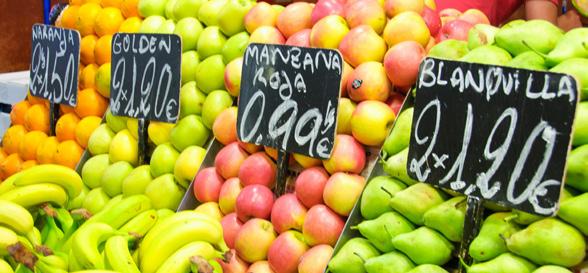
Profit sharing means that employees have a share in profits.



In duty-free shops the prices of goods are dramatically reduced due to the removal of duties.

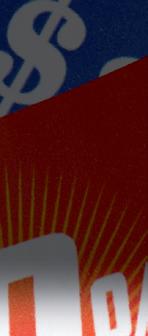
The bar graph shows a steady percentage increase in workers’ salaries.
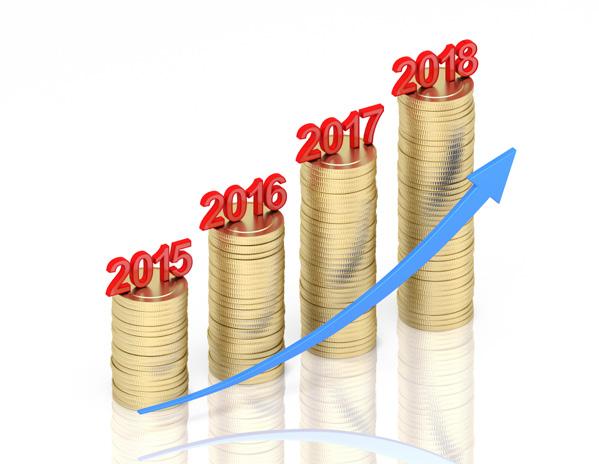
Money in the form of notes and coins: an important ingredient in the financial process.

Financial success – your mortgage loan is approved! A mortgage is an important financial undertaking.

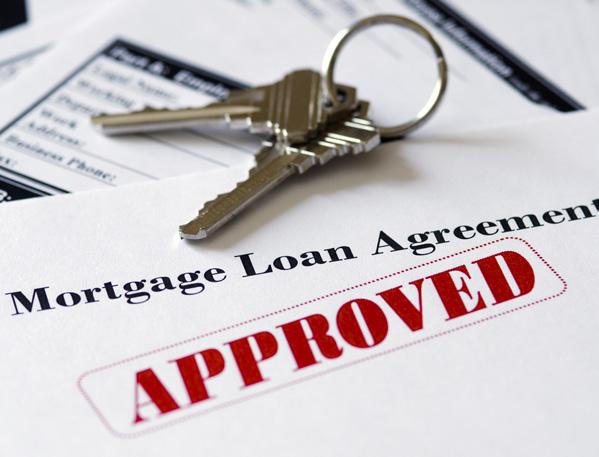
Cash may be deposited or withdrawn at a bank.
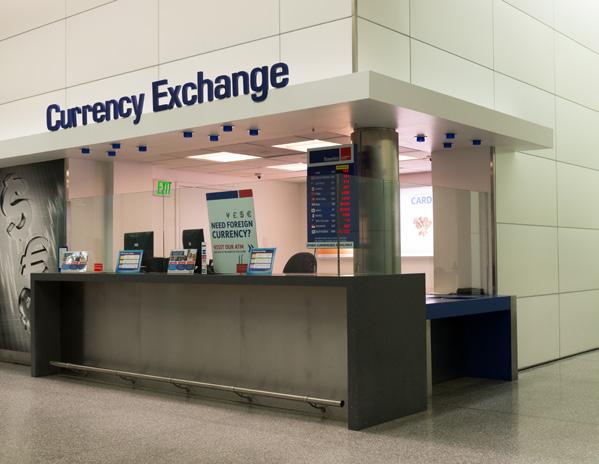
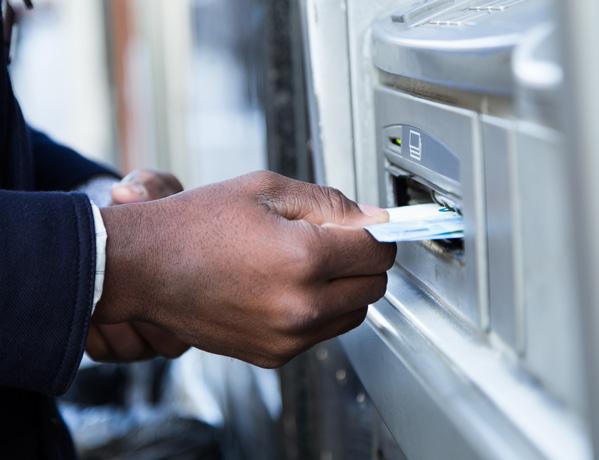














Money may be changed from one currency to another.
Money may be transferred electronically, in online purchasing.



Shops usually display their goods showing the price they want you to pay. This is the marked price. However, they often offer a reduction in the price, or a discount, so you may pay less than the marked price.
You can calculate the discounted price of an item by subtracting the amount of the discount from the marked price:
discounted price = marked price – discount
The discount is often expressed as a percentage of the marked price. To calculate the percentage, divide the discount by the original (marked) price and multiply by 100:
percentage discount = discount ($) marked price ($) ×
Discount is the amount, expressed as a quantity ($) or percentage (%), that the seller takes off the marked price so that the customer pays less for the item.
When you know the percentage discount, you can determine the discounted price by first calculating the discount and then subtracting that amount from the marked price.
Alternatively:
discounted price = marked price – discount percentage of marked price
discounted price = (100 percentage discount) marked price 100 ×
1 A student was given a discount of $35.00 on a book priced at $80.00. How much did she pay for the book?
Example
Discounted price = marked price – discount = $80 – $35 = $45.00
Example
2 A shirt priced at $60.00 was sold at $45.00. What was the percentage discount? 60 45 60 100 15 60 100 –= ×× = 25%
3 During a Christmas sale a television marked at $2000.00 was offered with a 20% discount. What was the final price of the television?
20% of 2000 = 20 100 2000 × = $400.00
⇒ final cost = 2000 – 400 = $1600.00
Alternatively, since a 20% discount is offered, the price of the television becomes 100% – 20% = 80% of its original value.
80% of $2000.00 = 80 100 2000 × = $1600.00
4 Tom bought his cell phone at a discounted price of $2000.00. If the discount was 10%, what was the original or marked price?
Using the formula:
discounted price = marked price – discount percentage of marked price 2000 = marked price – 10% of marked price = (1 – 0.1) marked price = 0.9 marked price
Marked price = 2000 09 = $2222.22
A radio marked for $200.00 is sold at a 5% discount. What is the discounted price?
A barber offers his customers a discount of 5¢ in the dollar. How much does a trim priced at $15.00 cost?
A guitar originally priced at $240.00 was sold for a discounted price of $200.00. What is the percentage discount?
A shopkeeper sells envelopes at $2.00 each. He offers a discount of 5% on each envelope. Calculate the discounted cost of 45 envelopes.

A boy buys a book at a discounted price of $80.00. If the discount given is 8%, what is the marked price?
A store owner gives a 5% discount on all his bicycles. For a bicycle priced at $240.00 (without discount) he decides to give an additional discount of 3%. What is the final price of the bicycle?

On almost everything you buy, the government charges a sales tax to help them raise money to pay for the services they provide for the country.
Sales tax is the amount of money that the government adds to the basic price of goods or services; it is normally calculated as a percentage of the basic price.
5 A boy buys a bicycle priced at $300.00 and sales tax of 10% is added. How much does he pay for the bicycle?
10% of 300 = 10 100 ×$300 =$30.00
So the amount to be paid = $300 + $30 = $330
A girl buys a dress originally priced at $60.00, with an additional sales tax of 7%. What is the final price of the dress?
A refrigerator originally priced at $2000.00 is sold with an additional sales tax of 14%. What is the final price of the refrigerator?
The cost of a KFC kid’s meal increases from $10.00 to $15.00 with sales tax. What is the percentage sales tax?
The cost of a shirt, after a 4% sales tax is added, is $50.00. What was the original price of the shirt?
Whenever goods and services are bought and sold, there is likely to be a difference between the cost price (CP) and the selling price (SP). Then the person offering the goods or services will make a profit or a loss
Profit (P) is selling price – cost price (P = SP – CP)
Loss (L) = cost price – selling price (L = CP – SP)
6
Example
Cost price is the amount paid to purchase the goods and services.
Selling price is the amount the goods and services are sold for.
When the selling price is more than the cost price the dealer makes a profit.
When the selling price is less than the cost price the dealer makes a loss.
A man bought a used vehicle for $18 000.00 and sold it for $20 000.00. What was the profit?
Profit = SP – CP = 20 000 – 18 000 = $2000
7 A student pays $120.00 for a textbook and sells it to another student for $80.00. Did he make a profit or loss and what was the amount?
Example
CP = $120.00; SP = $80.00 ⇒ CP > SP ⇒ loss
The loss is 120 – 80 = $40.
8 A student bought a laptop for $1200.00 and sold it for $1400.00. What was his percentage profit?
Percentage profit = 1400 1200 1200 100 –×% = 200 1200 100 ×% = 16.7%
Profit and loss may be expressed as percentages of the cost price. Example
Percentage profit = profit cost price × 100%
Percentage loss = loss cost price × 100% Example
9 Allana bought a cell phone for $600.00 and sold it to Mary for $580.00. Determine her percentage loss
Percentage loss = cost price selling price cost price –× 100% = 600 580 600 100 –×% = 20 600 100 ×% = 3.3%
A boy sells his toy train to his friend for $5.60. Given that he paid $6.25 for the toy train how much was his profit or loss?
One bottle of soft drink costs the shopkeeper $2.00 to buy. The shopkeeper sold a case of 24 bottles of soft drink at $1.50 each. What was the loss or profit he incurred?
A shopkeeper buys 80 exercise books for $200.00 and sells them to schoolchildren at $2.00 each. Does he make a profit or loss and how much is it?
A boy bought a cricket bat for $80.00 and sold it for $60.00. Calculate the percentage loss.
James bought a bus for $80 000 and sold it for $90 000. Determine the percentage profit.
Andrea purchased a pen for $8.95 and then sold it to her friend for $7.90. Calculate the percentage loss.
A woman made a profit of 5% when she sold a household item for $25.50. What was the cost price of the item?
A householder bought a new washing machine for $4850.00 and sold it to a neighbour, to make a profit of 7%. What was her selling price?

10
The number of boys in class 2J increased from 8 to 10. What is the percentage increase in the number of boys?
Percentage increase = 10 8 8 100 –×
Generally, when any quantity increases or decreases, you can calculate the percentage change in the numerical value in a similar way as you find percentage profit and loss. Example
11
When a woman reduced the number of hours she worked, the amount she was paid was reduced from $2800.00 to $2400.00 per month. Calculate the percentage decrease in the amount she was paid.
Percentage decrease = 2800 2400 2800 100 –×
Tips
Take cost price as 100%.
A price that leads to a loss will be less than 100% of the CP. A price that leads to a profit will be more than 100% of the CP. When calculating percentage profit or loss, cost price is always the denominator.
John’s overall performance as a cricketer was enhanced when his tally of wickets moved from 16 to 20. What was his percentage increase in wickets?
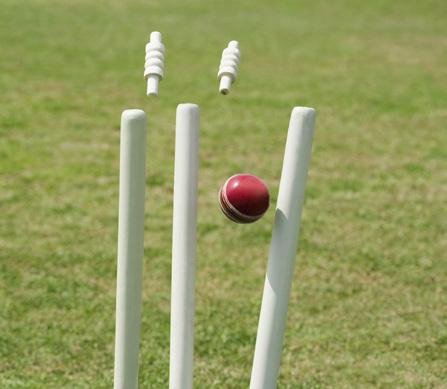
The students’ performance in mathematics increased from 24 to 30 passes. What was the percentage increase in passes?
The number of accidents in a country made a big jump from 12 to 20 during the course of one year. What was the percentage increase?
According to one statistician, the number of people using social media over the last 9 years increased by 95% to 9.5 billion. What was the original number?
The amount a man weighed decreased by 0.5% after 3 days of exercise. He now weighs 220 lbs. What did he originally weigh?
After receiving a 7.2% increase in pay, an electrician was paid $2045.00 per month. What would his pay be if it had been increased by 11.3%? Calculate the difference between the two increases.
When someone borrows money from a bank, they are expected to pay the bank a charge, for borrowing the money. Likewise, when you put money into a savings account, the bank generally pays a fee because they can use the money you deposit to finance other transactions. This charge, or fee, is called interest and is paid at regular intervals, based on a percentage set by the bank.

Key term
Interest is the profit earned from investing or saving a sum of money in a bank or company, or the amount paid for borrowing a sum of money from a financial institution or lender.
Key terms
The amount borrowed or deposited is the principal, the percentage rate is the rate at which interest is calculated and the total of the principal and interest, at the end of the period of the loan or investment, is the amount
The money invested or borrowed is the principal The percentage earned on the investment, or paid on the loan, is the percentage rate and is usually calculated annually. The interest earned (or paid) is calculated as this percentage of the principal. The total obtained by adding the interest to the principal is called the amount.